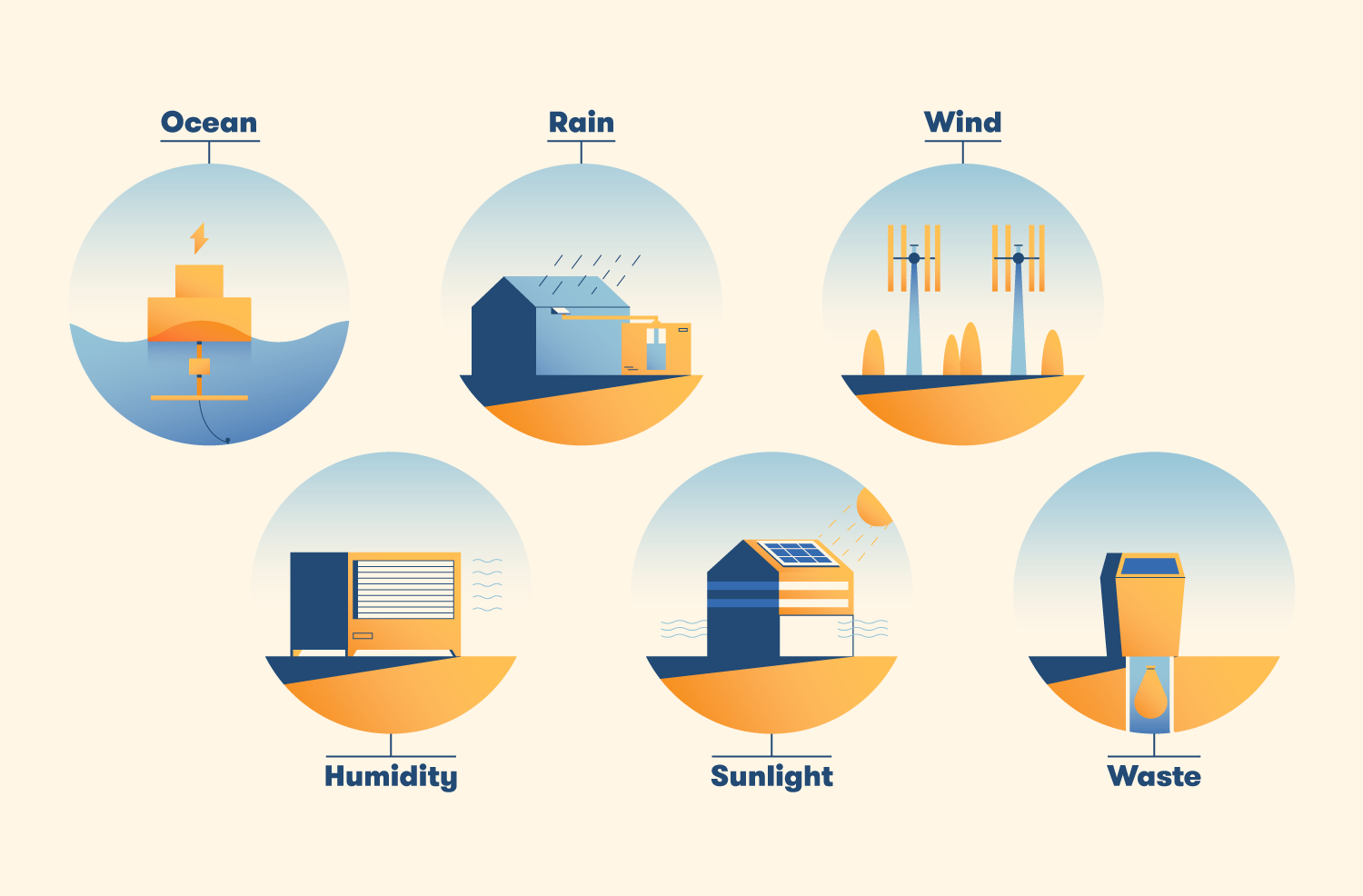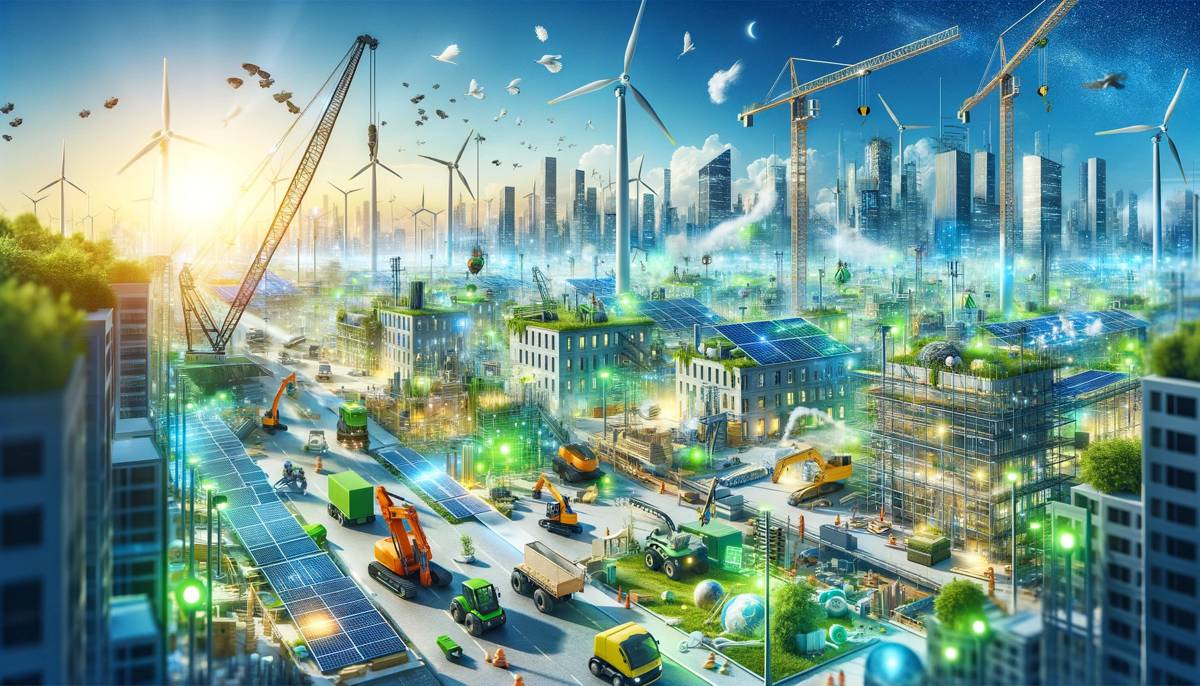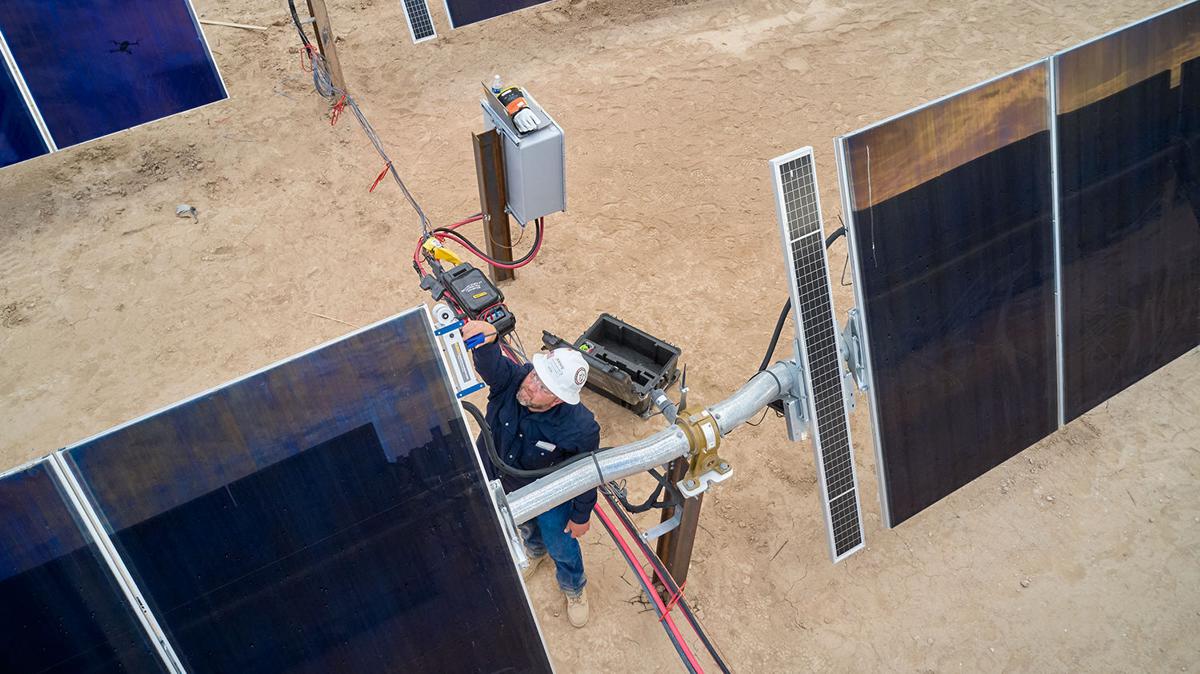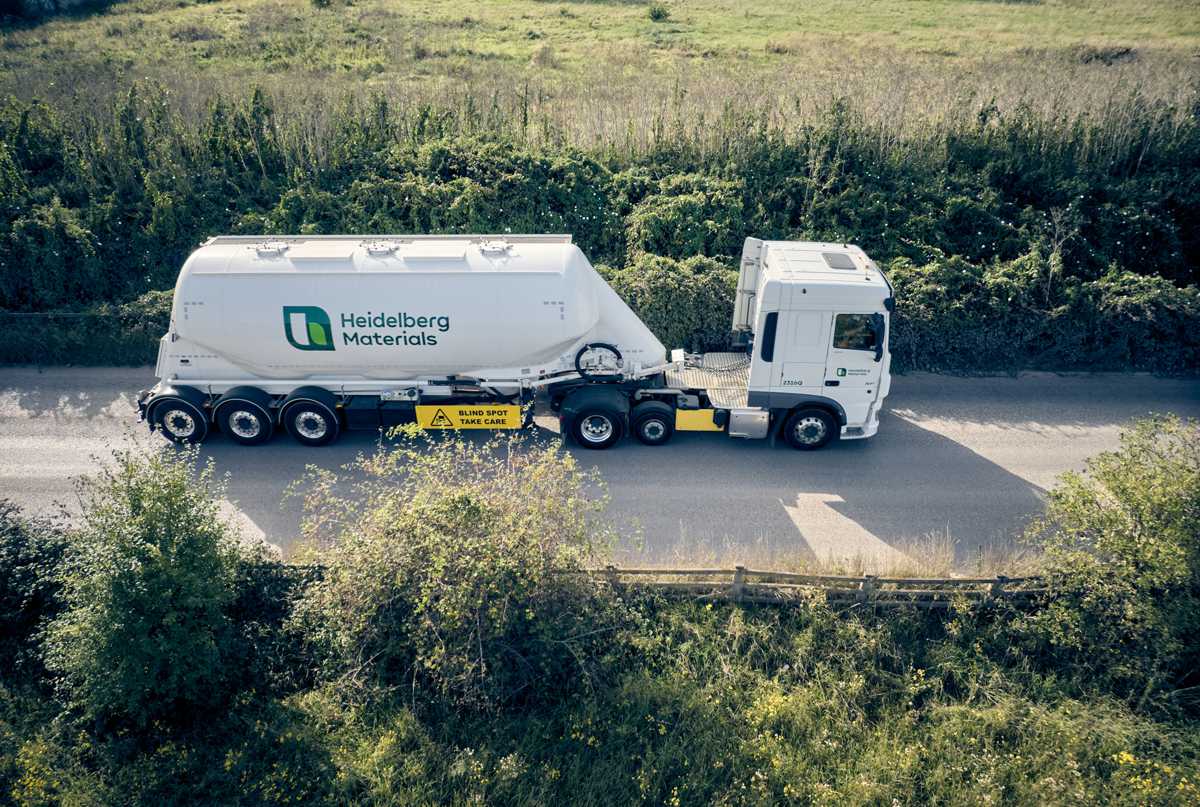Floating Cities could be the housing of the Future
Floating cities are modern, sustainable communities built on deep bodies of water. Since the Aztec Empire and the canal city of Amsterdam, urban planners have long discussed the concept of floating cities.
Why haven’t we seen a floating city development yet? Some argue the technology wasn’t advanced enough. However, recent trends imply floating cities might change our near, urban future, from the floating island concept tested by MARIN to the new proposals presented by Oceanix and the United Nations Human Settlements Program. Here we look at some of the design and technological factors behind floating cities.
Floating City Design
Floating cities have dynamic design plans. Think of them as interconnected platforms with different purposes. One platform would specialize in farming seafood while another would be responsible for filtering saltwater. Each platform would consist of low height buildings to prevent damage from climate events.
Arguably, the most important design element of floating cities is their disassembling, modular design. This allows architects to constantly adapt to new environmental factors. Here are some more specific design elements:
- Open rooftops use a fan-like design to make space for solar panels.
- Hexagons spread over a significant area while keeping material usage low.
- Shared mobility consists of communal roadways for all transportation types like bikes and electric cars.
- Net-zero design combining a combination of solar panels and ventilation systems that self-cool each building, generating as much energy as it consumes.
Floating City Technology
Technology is a critical element to a floating home’s success because the platforms need to stay afloat. Factors like the ocean, rain, wind, humidity, sunlight, and waste all need to be considered when designing a floating community.
Ultimately, the end goal for urban planners is to rely on natural resources and avoid fossil fuels.
- Rainwater can be collected and filtered through treatment centres to purify the water.
- Wind can be turned into energy through vertical turbines.
- Sunlight can be used to satisfy all light needs like indoor, outdoor and for farming.
- Waste can be reused for compost purposes and as materials for item exchanges.
Browse the full infographic below from BigRentz for more floating city design and technology factors.


















